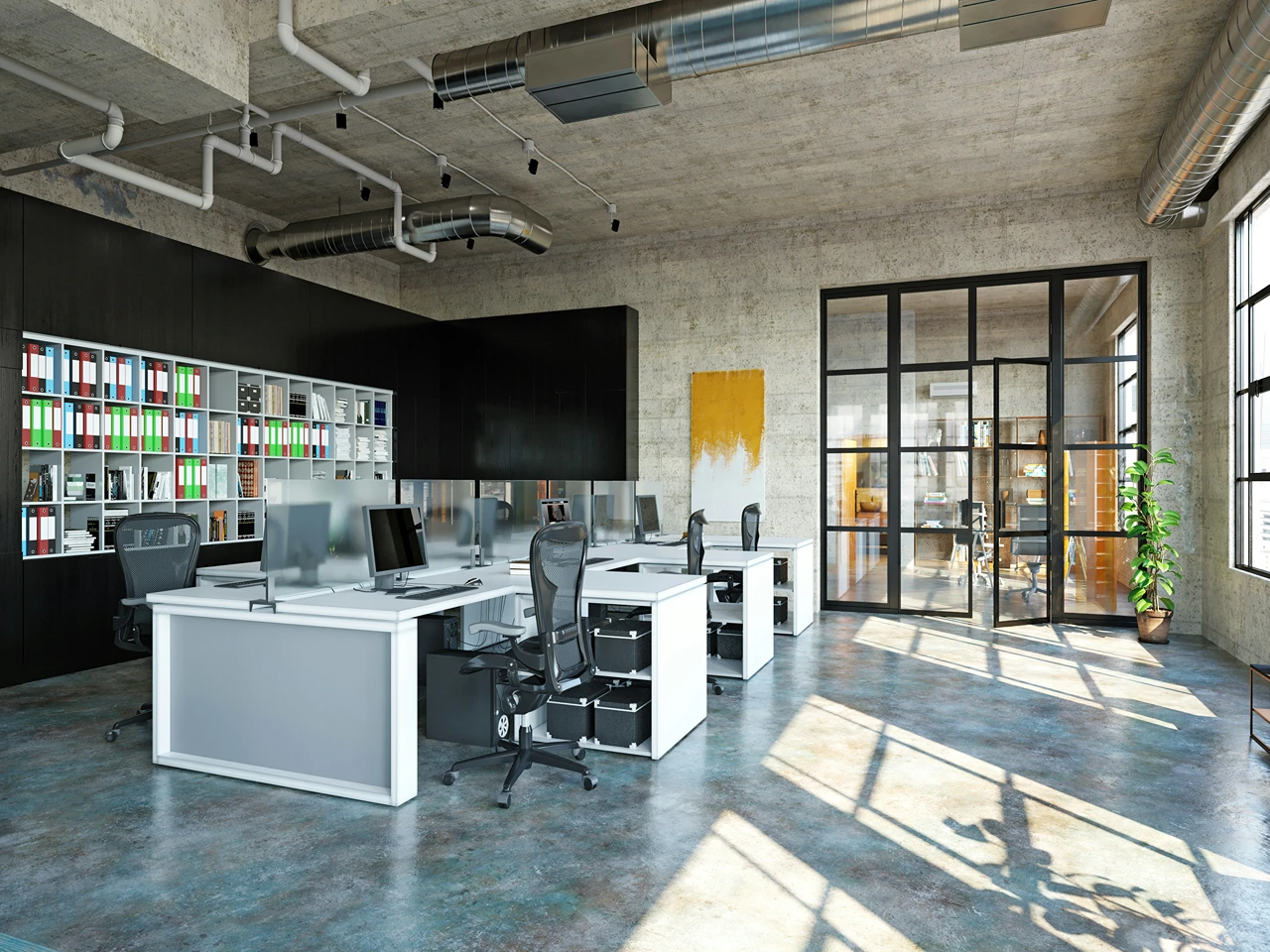In today’s fast-changing work environment, designing an office plan employees love is no longer just a luxury — it’s a necessity. A well-thought-out office plan doesn’t just improve employee satisfaction; it fosters productivity, creativity, and even loyalty. So, how do you craft the ultimate office plan that checks all the right boxes? Let’s dive into the key amenities your workspace needs to win over your team.
The Foundation of a Great Office Plan
Before we get into the nitty-gritty, let’s talk about what an office plan really means. It’s not just about how desks and chairs are arranged. An office plan reflects your company’s values, culture, and how you support your employees. A great office plan:
Encourages collaboration and teamwork. Provides spaces for focused, individual work. Prioritizes employee wellbeing. Promotes a balance between comfort and functionality.
Now, let’s explore the amenities that can take your office plan to the next level!
Comfortable and Ergonomic Furniture
Let’s face it: no one wants to spend eight hours a day in a chair that feels like it’s made of bricks. Comfortable, ergonomic furniture is a non-negotiable part of any successful office plan. Sit/stand desks allow employees to alternate between sitting and standing, helping reduce fatigue and improve posture. Adjustable chairs with lumbar support are key to keeping employees comfortable, reducing the risk of back pain. Flexible seating options, like couches or lounge chairs, provide a relaxed space for informal discussions or quick breaks. Investing in high-quality ergonomic furniture isn’t just about comfort—it shows your team that you care about their health and wellbeing.
Natural Light is a Game-Changer
Poor lighting can make even the most beautifully designed office plan feel like a cave. Natural light works wonders for energy, mood, and focus. Employees who are exposed to natural light during the day often report feeling more energized and less stressed. To maximize natural light in your office plan, position workstations near windows wherever possible. Replace solid walls with glass partitions to allow sunlight to flow through the space. For areas without access to windows, invest in high-quality artificial lighting that mimics daylight. Creating a bright and airy workspace makes the office more inviting and boosts employee satisfaction.
Air Quality and Temperature Control
Let’s talk air. A stuffy office is an unproductive office. High-quality air filtration systems and proper ventilation are essential for maintaining employee comfort and health. Poor indoor air quality can lead to fatigue, headaches, and decreased focus, all of which hurt productivity. Adding plants to your office plan can also help improve air quality while adding a touch of natural beauty. Temperature control is another must-have. Smart thermostats can create customizable zones, ensuring that employees in different areas of the office can work in comfort without endless thermostat wars. Together, these features make your office a healthier and more pleasant place to work.
Spaces for Wellness
Wellness spaces are a growing trend for a reason—they show employees that their health and wellbeing are priorities. In your office plan, consider including a fitness room or gym to encourage physical activity during the workday. Meditation or quiet rooms offer employees a space to recharge mentally, which can be especially helpful during high-pressure projects. Offering wellness programs, like weekly yoga classes or mindfulness sessions, can further promote a healthy work-life balance. By incorporating wellness into your office plan, you’re not just boosting productivity—you’re building a culture of care and support.
Kitchen and Break Rooms
A well-equipped kitchen and inviting break room can completely transform your office plan. These spaces are more than just functional—they’re where employees connect and build relationships. Include a variety of seating options, from communal tables to cozy nooks, to accommodate different preferences. Stock the kitchen with healthy snacks and beverages, and consider providing occasional catered meals to show appreciation for your team. An appealing break room encourages employees to take the necessary pauses they need to recharge, leading to better focus and creativity when they return to work.
Collaborative Workspaces
Collaboration is the heart of any modern office plan. By creating spaces designed for teamwork, you can spark creativity and innovation. Open areas with movable furniture allow teams to adapt the space to their needs. Whiteboards, interactive screens, and other tools encourage brainstorming and idea-sharing. Unique breakout spaces with bold, inspiring designs can make collaboration more engaging and fun. By fostering a collaborative environment, you empower your employees to work together effectively and achieve their goals.
Quiet Zones for Focus
While collaboration is essential, sometimes employees need a quiet spot to concentrate. Balance your office plan by including designated quiet zones where employees can focus without distractions. Soundproof booths are perfect for making phone calls or tackling deep work. Library-style workspaces provide a calm and serene atmosphere for those who need to concentrate. Creating these focus-friendly spaces helps employees meet deadlines and deliver high-quality work without interruptions.
Putting People First with Human-Centered Design
Keeping your employees happy and engaged should always be a top priority, and that’s where human-centered design comes in. It’s all about focusing on the needs, wants, and experiences of the people who will actually be using your office space. When you design with your team in mind, you’re more likely to create a workspace they’ll love and use to its full potential.
One of the best ways to nail this is by involving your employees in the process. Ask for their input, get their feedback, and really listen to what they value in an office. This way, you’ll end up with amenities that aren’t just functional but also enjoyable and practical. Plus, incorporating human-centered design ensures that your office feels welcoming, supports wellbeing, and reflects your company culture. It’s a win-win!
Key Takeaways
- An effective office plan balances comfort, collaboration, and individual focus.
- Employee wellbeing should be front and center, from ergonomic furniture to wellness spaces.
- Great office plans foster both productivity and connection by including smart technology, natural light, and inviting communal areas.
Let’s Make It Happen!
Creating an office plan that employees love doesn’t have to be complicated. By focusing on amenities that improve wellbeing, foster collaboration, and support focus, you can build a workspace that’s not just functional but also inspiring. Remember, the best office plan isn’t about flashy extras — it’s about creating a space where your team can thrive. So, start brainstorming and make your office the place where everyone loves to work!
FAQs: Your Questions Answered
What is the most important element of an office plan?
The most important element is flexibility. A great office plan adapts to the diverse needs of your employees, whether they’re collaborating, focusing, or recharging.
How do I know what amenities to include?
Ask your employees! Surveys and feedback sessions are the best way to find out what your team values most.
How does an office plan impact productivity?
A well-designed office plan minimizes distractions, promotes comfort, and boosts morale — all of which contribute to higher productivity.
How does an office plan impact productivity?
Even small changes can make a difference! Create a quiet corner with comfortable chairs, offer yoga mats for a breakroom, or designate a small space for meditation.

